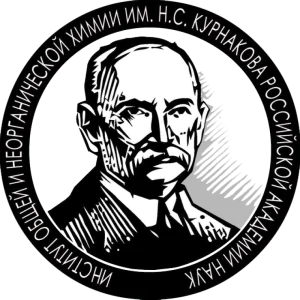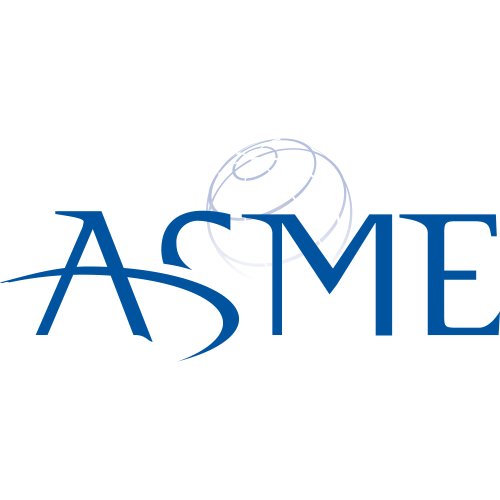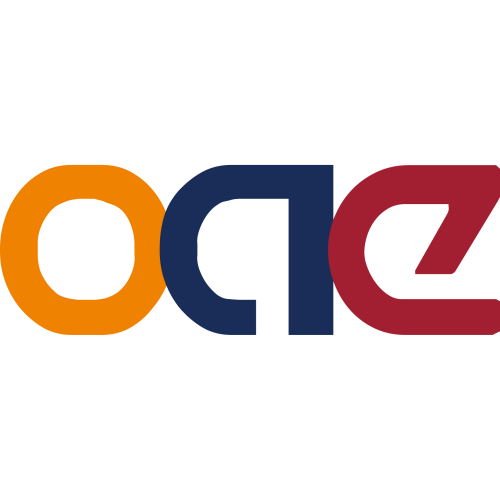Composite Solid Electrolytes with NASICON-Type LATP and PVdF–HFP for Solid-State Lithium Batteries
Publication type: Journal Article
Publication date: 2021-01-14
scimago Q1
wos Q2
SJR: 0.828
CiteScore: 6.7
Impact factor: 3.9
ISSN: 08885885, 15205045
General Chemistry
General Chemical Engineering
Industrial and Manufacturing Engineering
Abstract
Utilizing Li-ion conductors as solid electrolytes is essential in solid-state lithium (Li) batteries (SSLBs), which is a promising solution for the next-generation electrochemical energy storage systems that require high energy and high levels of safety. Among various Li-ion conductors, Li₁.₅Al₀.₅Ti₁.₅(PO₄)₃ (LATP), a NASICON-type ceramic, has attracted intensive attention due to its advantages of air stability and fast Li⁺ conductivity. However, to reach a decent ionic conductivity and reduce grain boundary resistance, LATP requires high temperatures for densification, which is time-consuming and expensive for large-scale applications. Herein, we report a simple solution-casting synthesis for new composite solid electrolytes by embedding LATP ceramic into a PVdF–HFP matrix. In the LATP/PVdF–HFP composite solid membranes, the NASICON-type crystal structure of LATP is well maintained. Without taking any additional liquid electrolyte absorption, the prepared composite solid electrolytes with 10 wt % LATP show the highest ionic conductivity of 2.3 × 10–⁴ S cm–¹ at room temperature, three times higher than that of polymer electrolyte (7.1 × 10–⁵ S cm–¹). In addition, the LiLiFePO₄ (LFP) battery with LATP/PVdF–HFP composite electrolyte exhibits enhanced cycling performance of both capacity and stability as compared to the polymer electrolyte-based battery.
Found
Nothing found, try to update filter.
Found
Nothing found, try to update filter.
Top-30
Journals
|
1
2
3
4
5
|
|
|
ACS Applied Energy Materials
5 publications, 7.04%
|
|
|
Journal of Energy Storage
4 publications, 5.63%
|
|
|
Ionics
3 publications, 4.23%
|
|
|
Journal of Alloys and Compounds
3 publications, 4.23%
|
|
|
Ceramics International
3 publications, 4.23%
|
|
|
Chemical Engineering Journal
2 publications, 2.82%
|
|
|
Journal of Power Sources
2 publications, 2.82%
|
|
|
Advanced Sustainable Systems
2 publications, 2.82%
|
|
|
Energy & Environmental Materials
2 publications, 2.82%
|
|
|
Energy & Fuels
2 publications, 2.82%
|
|
|
Nanomaterials
2 publications, 2.82%
|
|
|
Nano-Micro Letters
1 publication, 1.41%
|
|
|
Frontiers in Energy
1 publication, 1.41%
|
|
|
Small Science
1 publication, 1.41%
|
|
|
SmartMat
1 publication, 1.41%
|
|
|
Electrochimica Acta
1 publication, 1.41%
|
|
|
Materials Science and Engineering B: Solid-State Materials for Advanced Technology
1 publication, 1.41%
|
|
|
Current Opinion in Electrochemistry
1 publication, 1.41%
|
|
|
Reactive and Functional Polymers
1 publication, 1.41%
|
|
|
Macromolecular Rapid Communications
1 publication, 1.41%
|
|
|
ChemElectroChem
1 publication, 1.41%
|
|
|
Membranes
1 publication, 1.41%
|
|
|
ACS Sustainable Chemistry and Engineering
1 publication, 1.41%
|
|
|
Materials Advances
1 publication, 1.41%
|
|
|
Polymers
1 publication, 1.41%
|
|
|
Batteries
1 publication, 1.41%
|
|
|
Energy Technology
1 publication, 1.41%
|
|
|
Journal of Solid State Electrochemistry
1 publication, 1.41%
|
|
|
ACS applied materials & interfaces
1 publication, 1.41%
|
|
|
Journal of Electrochemical Energy Conversion and Storage
1 publication, 1.41%
|
|
|
1
2
3
4
5
|
Publishers
|
5
10
15
20
25
30
|
|
|
Elsevier
26 publications, 36.62%
|
|
|
American Chemical Society (ACS)
14 publications, 19.72%
|
|
|
Wiley
10 publications, 14.08%
|
|
|
Springer Nature
7 publications, 9.86%
|
|
|
MDPI
6 publications, 8.45%
|
|
|
Royal Society of Chemistry (RSC)
4 publications, 5.63%
|
|
|
ASME International
1 publication, 1.41%
|
|
|
The Electrochemical Society
1 publication, 1.41%
|
|
|
Autonomous Non-profit Organization Editorial Board of the journal Uspekhi Khimii
1 publication, 1.41%
|
|
|
OAE Publishing Inc.
1 publication, 1.41%
|
|
|
5
10
15
20
25
30
|
- We do not take into account publications without a DOI.
- Statistics recalculated weekly.
Are you a researcher?
Create a profile to get free access to personal recommendations for colleagues and new articles.
Metrics
73
Total citations:
73
Citations from 2024:
39
(54.93%)
Cite this
GOST |
RIS |
BibTex |
MLA
Cite this
GOST
Copy
Ming Ng K. et al. Composite Solid Electrolytes with NASICON-Type LATP and PVdF–HFP for Solid-State Lithium Batteries // Industrial & Engineering Chemistry Research. 2021. Vol. 60. No. 3. pp. 1494-1500.
GOST all authors (up to 50)
Copy
Ming Ng K., Wang H. Composite Solid Electrolytes with NASICON-Type LATP and PVdF–HFP for Solid-State Lithium Batteries // Industrial & Engineering Chemistry Research. 2021. Vol. 60. No. 3. pp. 1494-1500.
Cite this
RIS
Copy
TY - JOUR
DO - 10.1021/acs.iecr.0c05075
UR - https://doi.org/10.1021/acs.iecr.0c05075
TI - Composite Solid Electrolytes with NASICON-Type LATP and PVdF–HFP for Solid-State Lithium Batteries
T2 - Industrial & Engineering Chemistry Research
AU - Ming Ng, Ka
AU - Wang, Hui
PY - 2021
DA - 2021/01/14
PB - American Chemical Society (ACS)
SP - 1494-1500
IS - 3
VL - 60
SN - 0888-5885
SN - 1520-5045
ER -
Cite this
BibTex (up to 50 authors)
Copy
@article{2021_Ming Ng,
author = {Ka Ming Ng and Hui Wang},
title = {Composite Solid Electrolytes with NASICON-Type LATP and PVdF–HFP for Solid-State Lithium Batteries},
journal = {Industrial & Engineering Chemistry Research},
year = {2021},
volume = {60},
publisher = {American Chemical Society (ACS)},
month = {jan},
url = {https://doi.org/10.1021/acs.iecr.0c05075},
number = {3},
pages = {1494--1500},
doi = {10.1021/acs.iecr.0c05075}
}
Cite this
MLA
Copy
Ming Ng, Ka, et al. “Composite Solid Electrolytes with NASICON-Type LATP and PVdF–HFP for Solid-State Lithium Batteries.” Industrial & Engineering Chemistry Research, vol. 60, no. 3, Jan. 2021, pp. 1494-1500. https://doi.org/10.1021/acs.iecr.0c05075.












